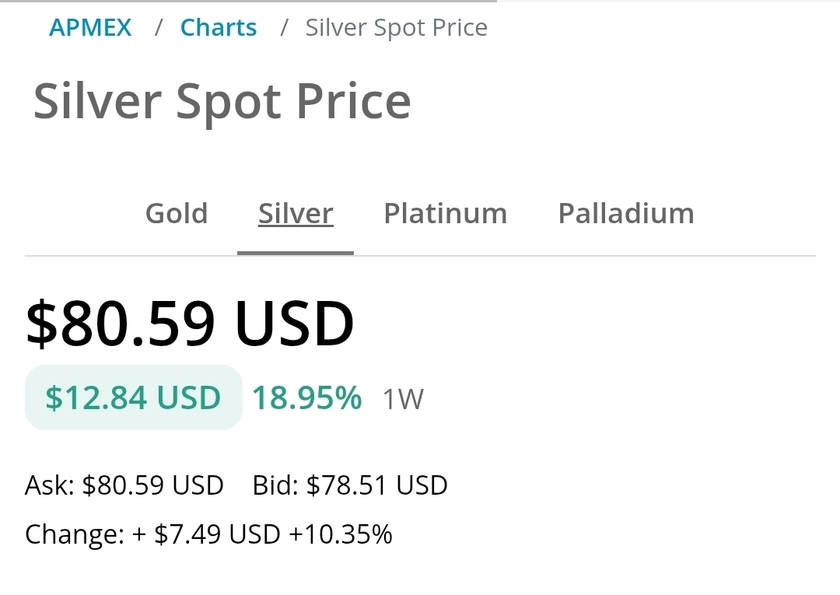Last week the Regulated Liability Network (RLN) shared the results of a DLT proof of concept for payments with the Federal Reserve Bank of New York and ten institutions including BNY Mellon, Citi, HSBC, Mastercard and Swift. SETL was one of the main technology providers to the project alongside Digital Asset and is spinning out the SETL RLN Protocol software as a standalone project and company, LedgerSwarm, which will be separately funded.
The recent RLN trial targeted two use cases for domestic and cross border payments. It’s the latter that shone through enabling 24/7 real time settlement with the additional benefit of programmability.
LedgerSwarm DLT helps banks compete with JP Morgan
Global banks will likely start by using the LedgerSwarm solution for intraday payments between their subsidiaries around the world. This empowers them to offer cross border real time payments to their multinational corporate clients.
JP Morgan’s JPM Coin provides a similar solution. The difference with LedgerSwarm is it can work within a single bank or between banks (and central banks). It is interoperable with most conventional bank ledgers as well as a variety of DLT ledgers.
“The 24/7 global movement of dollars is what is really a competition point at the moment,” SETL CEO Anthony Culligan told Ledger Insights. “The international banks are competing for the multinational accounts. Every time JP Morgan wins one of those big international companies it puts pressure on all the other banks to say, ‘we need something that is going to give us real time settlement just across our own network.'”
A DLT version of Swift?
Conceptually, RLN offers a programmable version of Swift which is future-proof to integrate with DLT networks. LedgerSwarm wants to provide a similar software and network layer to which regulated financial market infrastructures (FMIs) connect. That includes banks, real time gross settlement systems (RTGSs) and central securities depositories (CSDs).
Stepping back, the goal of the RLN isn’t purely to move money but also to enable a settlement layer for tokenized assets. Clearly, CSDs are central to that.
“If you think about the custody ledger within the bank, the CSD ledger and the custody ledger in the receiving bank. It’s about changing those three ledgers for a securities transaction,” observed Culligan.
Interoperability with conventional systems is critical here as well. The recent UBS digital bond issuance on the SIX Digital Exchange (SDX) would not have been viable at the scale of CHF 375 million without the linkage between the SDX CSD and the conventional SIX CSD that enabled investment by asset managers who are not yet blockchain ready.
A plethora of unified ledgers?
The BIS effectively endorsed the RLN concept when it recently released its paper on the ‘Unified Ledger’. Last week also saw the Banque de France propose a pan-European shared DLT infrastructure and British banking body UK Finance urged the government to explore industry appetite for a shared infrastructure. In fact, the UK has already executed a low key initial RLN trial involving several banks funded by the Government-owned British Business Bank. And a second iteration is in progress.




























